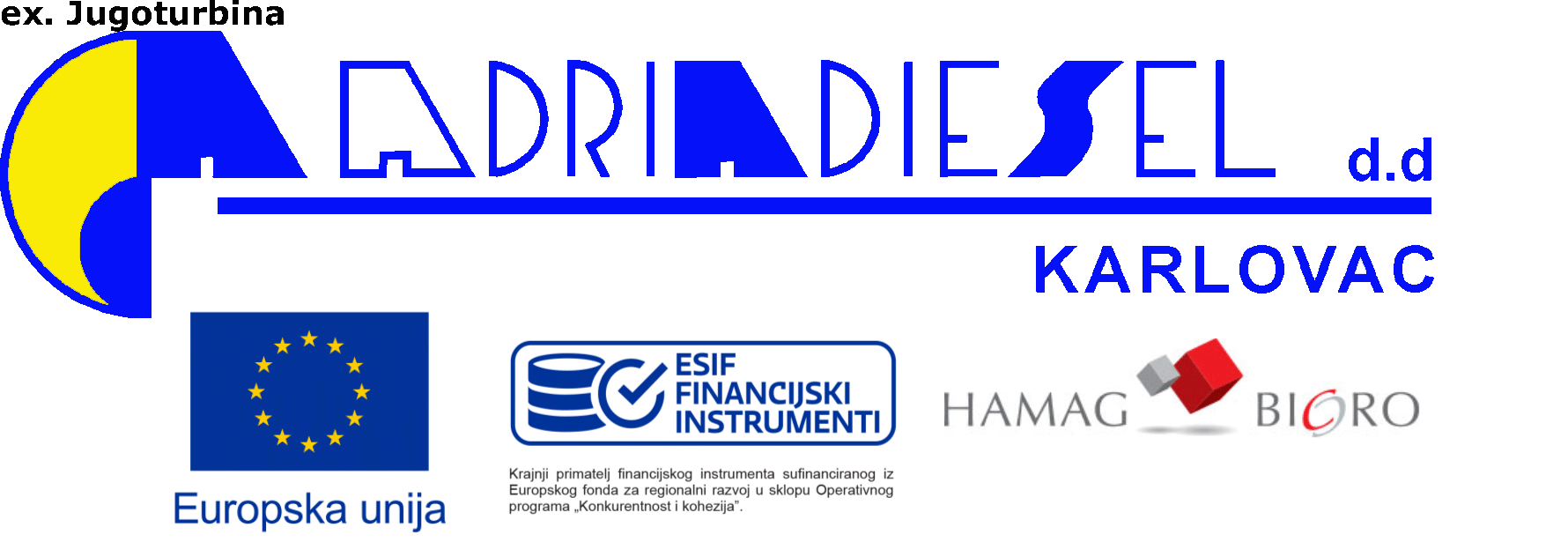The construction and production of large steam turbines, diesel engines and centrifugal pumps is a technical, technological and scientific challenge that only large or developed countries can afford, such as Yugoslavia in 1949, 1954 and later was not. This means that the effort, enthusiasm and knowledge of the employed engineers and technicians was significantly above the Yugoslavia's average.
In order to construct a steam turbine, it is necessary to know the calculations of thermodynamics, material strength, theory...
Various experts participated in the development of turbines, engines, laboratories, for example: prof. Ernest Kraft, A. Ošlag, J. Bašić, S. Todorovski, prof. M. Mikulić, ing. I. Gojak, ing. I. Tudić...









